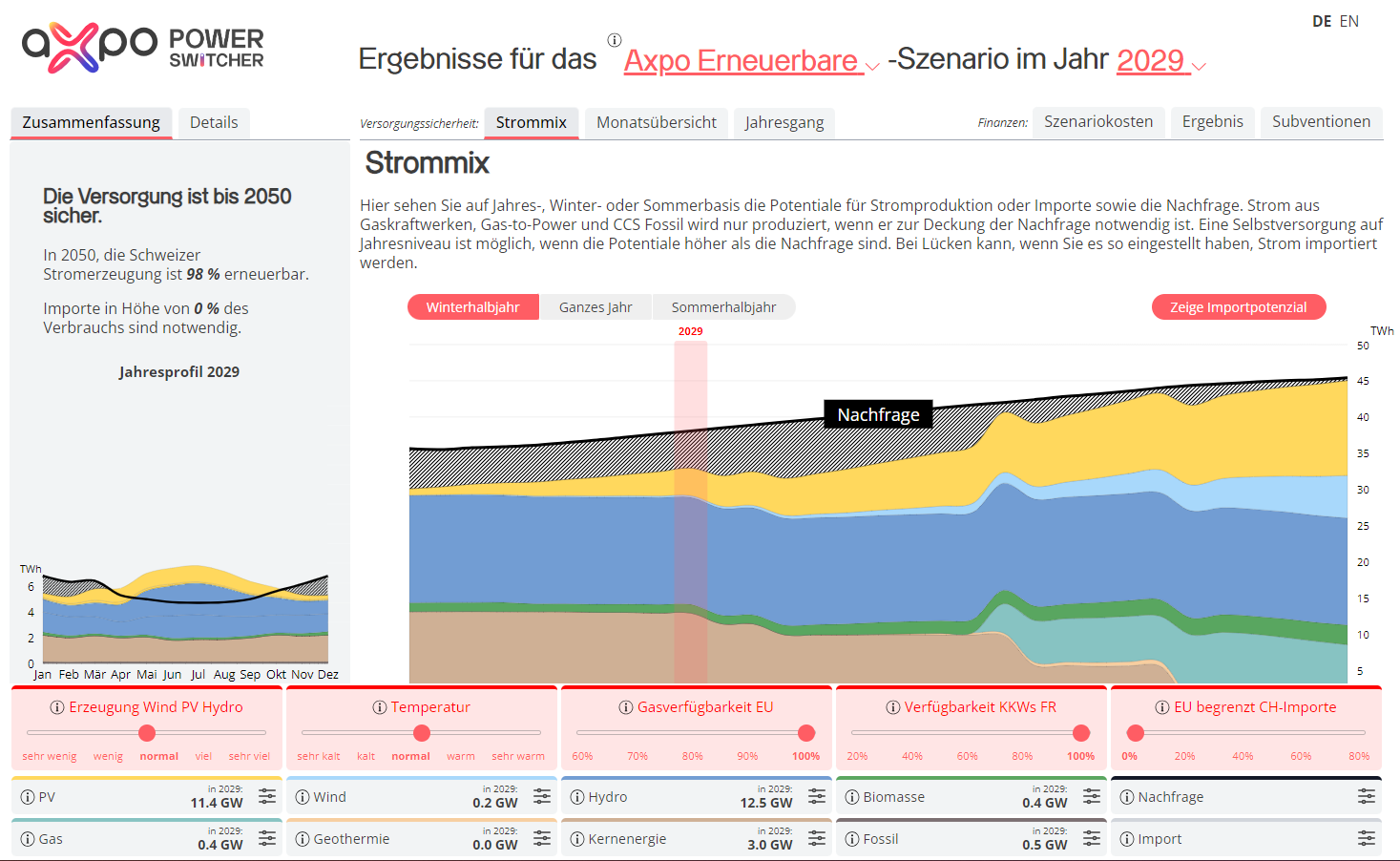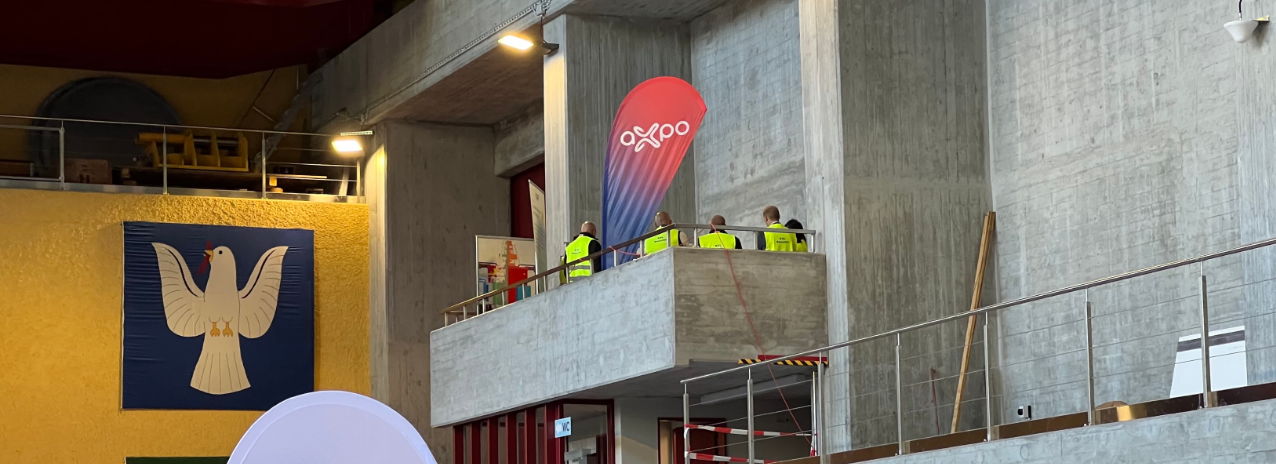

vbge / Axpo Expert Event Digitalisation in Hydropower 2023
General
International expert event provides insights into the future of digital hydropower operations
In September 2023, the 6th International Expert Event "Digitalisation in Hydropower" took place in collaboration with VGB PowerTech. This event provided a comprehensive overview of current topics in the field of digitalization in hydropower. The focus was particularly on the results and practical experiences related to newly developed and implemented innovative digital use cases, as well as tested products and tools from a operator's perspective.
On the first day of the conference, various presentation topics took center stage, including asset management, advanced data analytics, digital twins, and the latest methods of visualization (VR, AR, 3D GIS).
On the second day of the expert event, Axpo presented versatile use cases in Switzerland's first digital hydropower plant, the Sarganserland power plants. In total, 14 solutions from the following seven thematic areas were presented on-site through concrete practical examples:
- Workforce
- Analytics
- Robotics
- Dam Safety
- Environment
- Transformation
- Asset Management
The 120 participants from over 15 countries had the opportunity to participate in a guided tour with up to 5 stations in the morning. At each station, participants had the opportunity to explore the digital solutions explained and demonstrated by Axpo and project partners. In the afternoon, participants could independently visit the stations in a "open house" format. Axpo's experts were on-site to answer questions and engage in intensive discussions.
This expert event provided an insightful look into the future of hydropower and demonstrated how digitalization is revolutionizing the industry. The event brought valuable insights and practical perspectives that were of great benefit to hydropower plant operators. The feedback from the international audience was correspondingly positive. The Hydroenergy & Biomass Division was able to position itself as one of the leading players in the digitalization of hydropower plants.
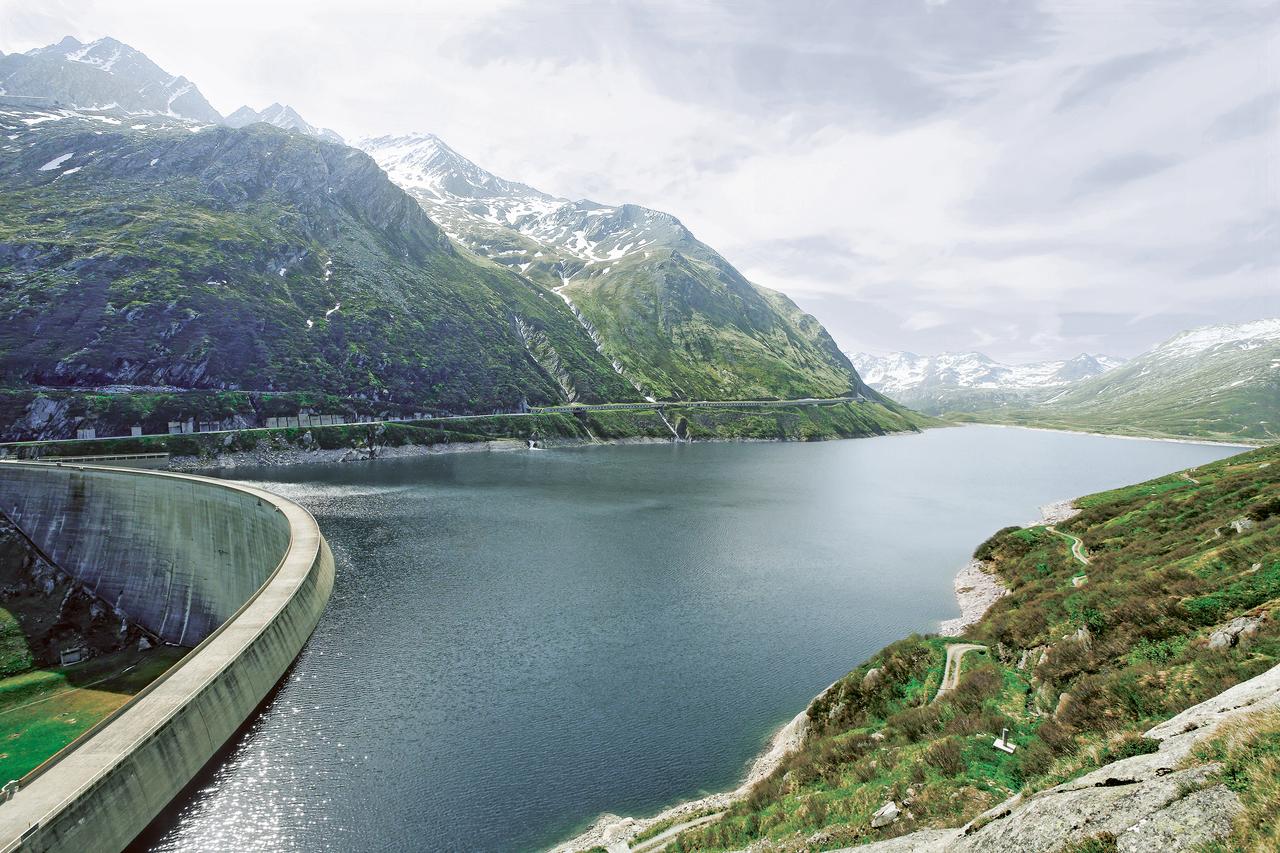
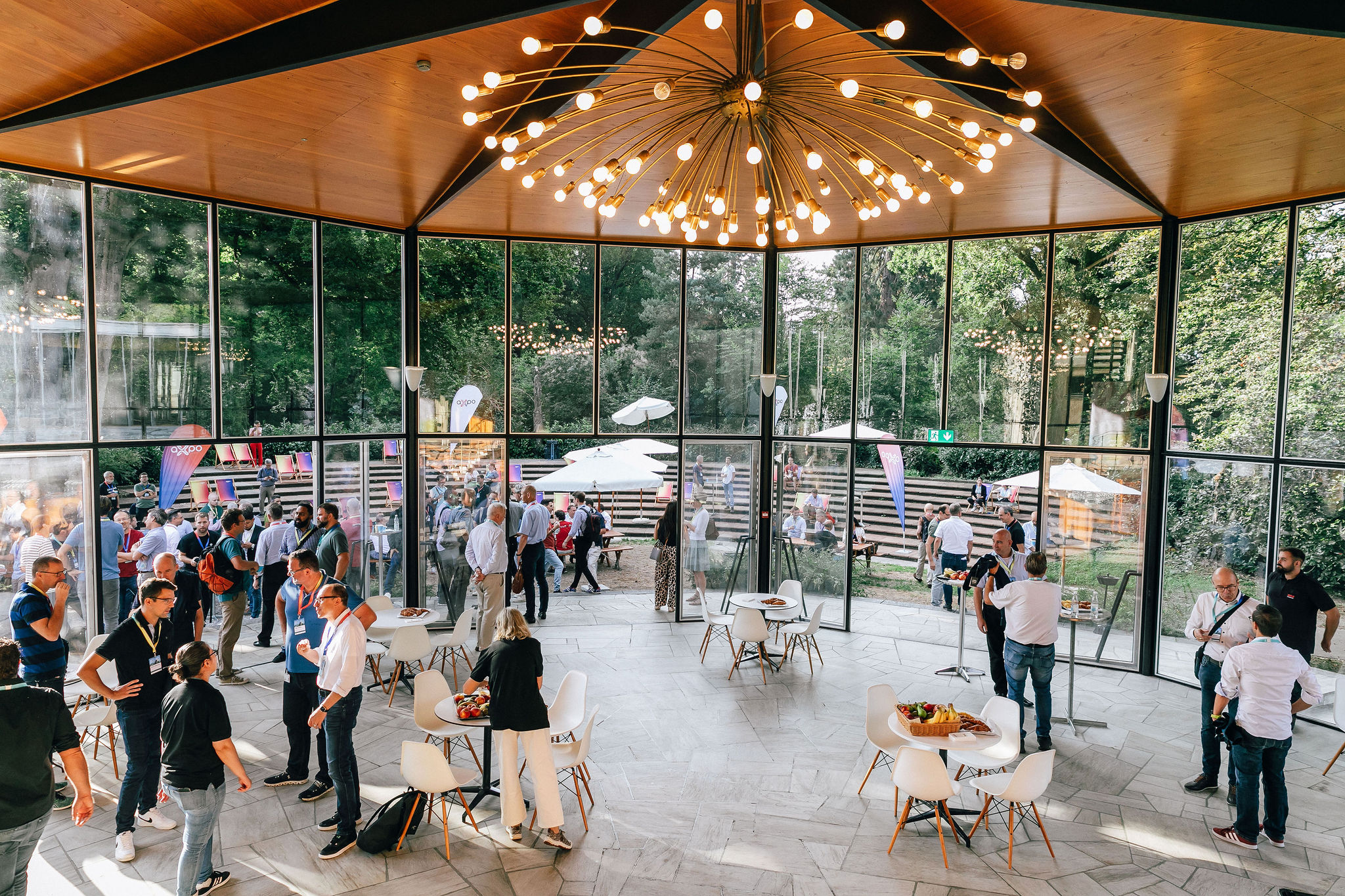

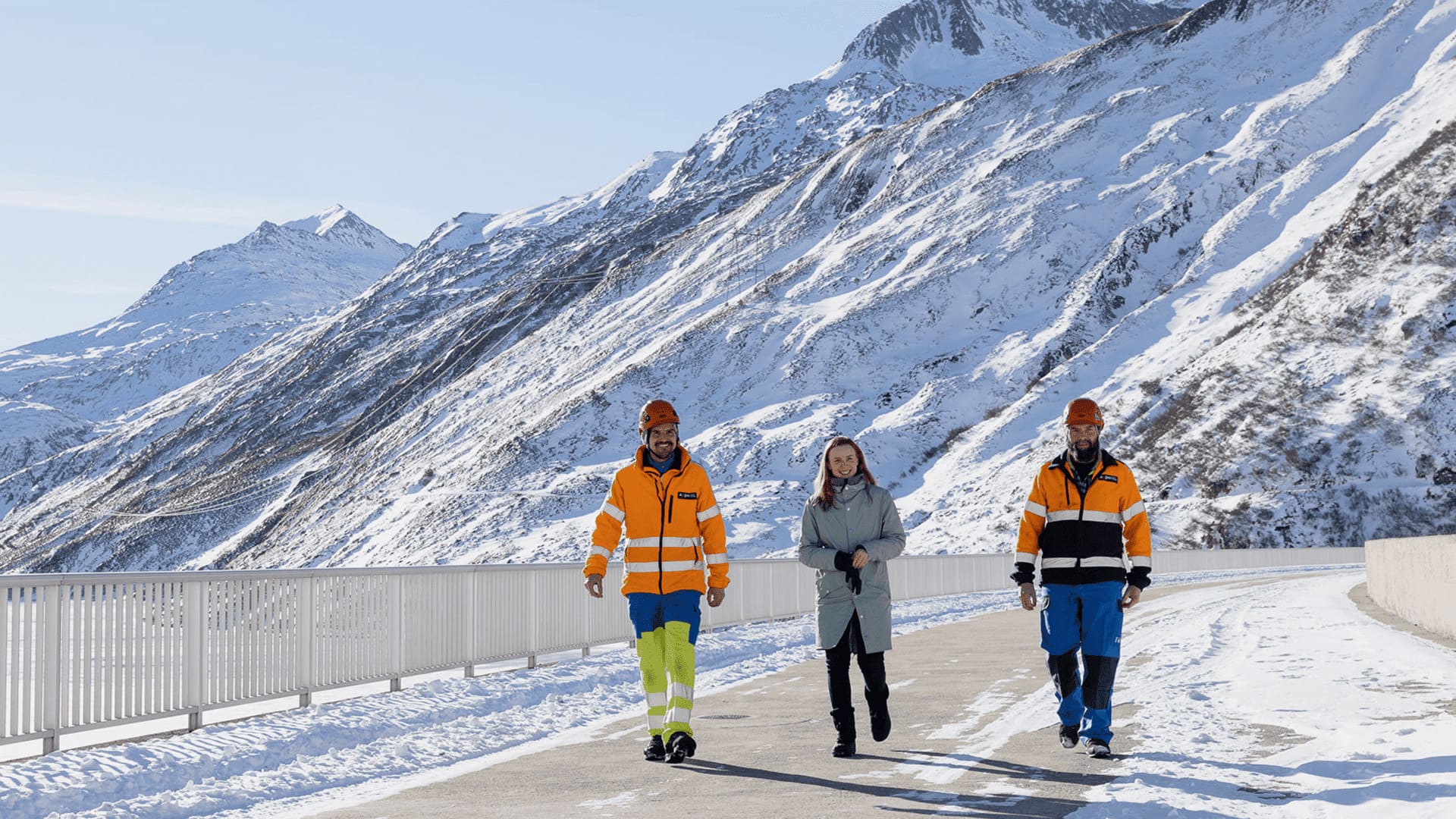
.jpg)

